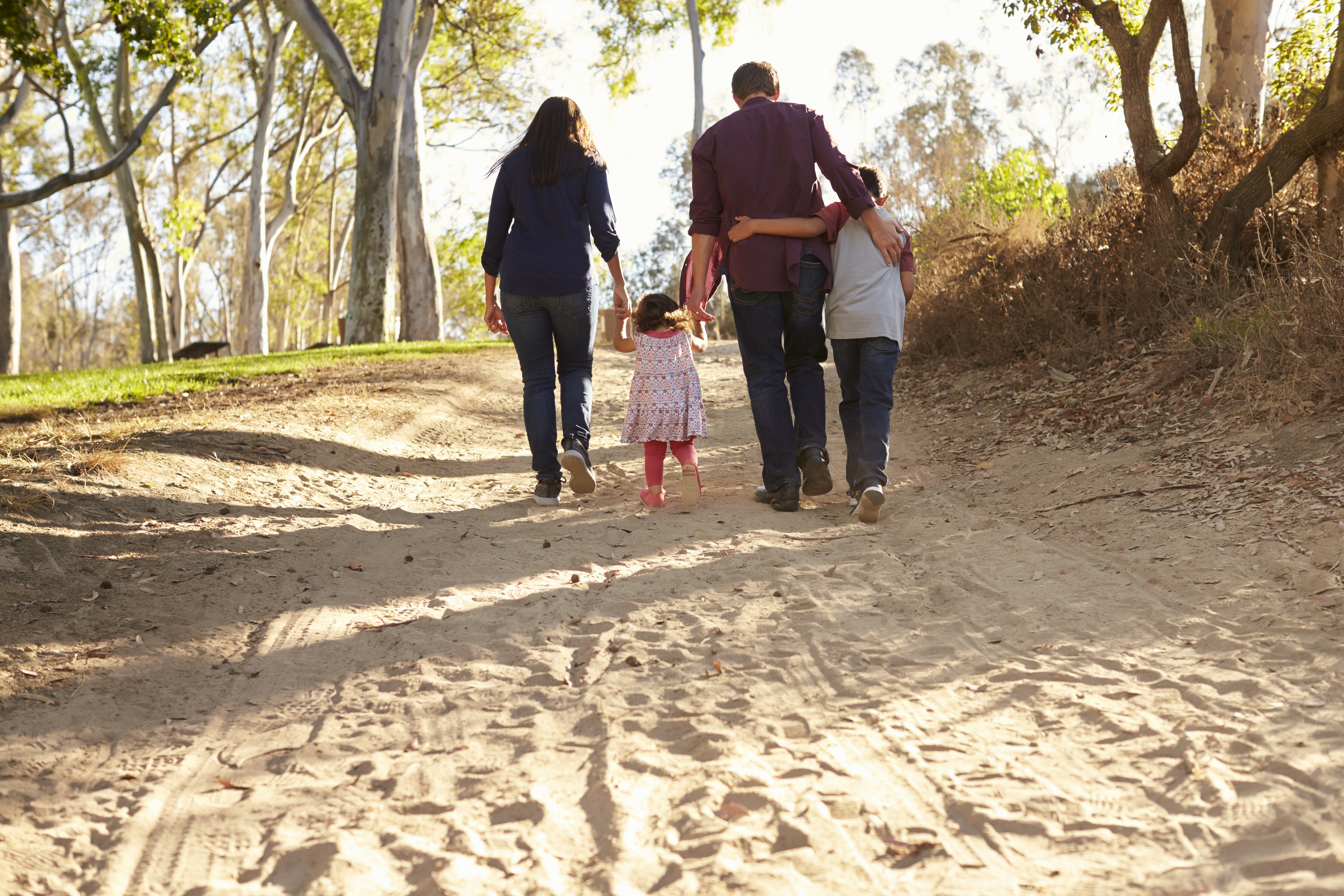There are many different routes and paths one gets to choose from when they choose adoption. You may decide to become part of the foster care system which can lead you to eventually adopting one or more of the kids you care for. You might feel the pull in yourself for international adoption to bring a child from another country into your home. If going across the country is not your style, you can still adopt within your own state making it a domestic adoption. Whichever trail you chose to blaze, know that through any of them you can use a very useful resource that may narrow your search while possibly lessening the complexity that is the adoption process: photolisting.
If you have already begun researching for your adoption journey or have previously adopted, you may already be familiar with the term “photolisting”. If not, that is completely okay. We are here to talk about that, both as a general tool and the specifics to Mississippi adoption photolisting. No, I am not trying to snub the other states. This article just happens to be a small spotlight for one of them (shout out to you folks.).
1. Photolisting: A Definition
Photolisting is a way for a prospective adoptive family to get closer, much more visual look at their potential adoptee. A photolisting website will show long lists of children waiting to be adopted into new families. Each child will have a picture with them (hence the term “photolisting”); it will also include a summary bio of their personal information and adoption information. When you see a child’s picture that speaks to you, you can click on it to gain more details and even find links to potentially adopt them. What makes this type of adopting unique is the way those pictures and bios can positively affect that child’s chance for adoption.
2. Why It Works Well
Anyone who is an artist or journalist at heart (or perhaps just knows the old cliché) knows the phrase, “A picture is worth a thousand words”. No matter how overdone that adage may seem, it is overdone for a good reason—it is true. Think about all the images you see in a day. We are constantly surrounded by them, and they are constantly influencing us. Happy commercials make us want more of certain products, sad animal commercials make us sympathize with and want to adopt puppies, so on and so forth. Knowing that, the adoption community saw it as an opportunity to use this as a way to positively impact expectant parents, hopeful parents, and potential adopted children all at once.
Take a look at these pictures from the adoption.com photolisting web page. In each picture, the kids are smiling. Many of their pictures were taken outside, in warm sunshine, and they are wearing comfortable clothing that speaks to them. With just one look, prospective parents are given a portrayal of hope and love that both sides want desperately. Below each picture is their name, age, and where they are from. That, paired with the photos, gives prospective adoptive parents a beautiful snapshot of their potential future child. We have always demanded fast results, and this is about as instant as it can get when it comes to adoption.
3. Information in a Profile
If a particular photolisting speaks to their hearts, people can follow the linked bio to find out more about the child’s personality, interests, and inquiring for them. The page will have the following information:
- The child’s age and known birthday
- Where the child is from
- The child’s gender
- The child’s ethnicity (here the category “other” likely refers to a heritage of multiple European ethnicities or one that has not been identified)
- The child’s case number (this is often needed to access their adoption records in court)
- A short paragraph on the child’s overall characteristics, hobbies, what they enjoy doing, their aspirations for themselves, and what they hope to gain from a future family
There will also be an option to “favorite” the child on their photolisting page. This button acts as a bookmark, so that you may come back and visit their profile later without having to search for them again.
If you want to know more details about the child, that is what the “inquire about this child” button is for. The link will take you to a page that asks for your personal information (including your full name, main email address, main telephone number whether cell or home phone, country, and your zip code). You will also have to answer questions regarding your home study (you will have to conduct a home study to adopt) such as the home study provider’s name, email, phone number, and the date you completed the home study. Towards the end, there is a spot for any other questions or additional comments concerning the child you have inquired about or the inquiry process itself. Once all of that is filled in and submitted, it is sent to the social worker aligned with the child. They will contact you when the information has been processed and can begin working with you through the rest of the procedures.
4. Warnings and Requirements
This is how you can connect with the caseworker or social worker who is assigned to that child. However, you may also be required to answer some important questions first, depending on the situation of the child you inquired about. This is because some children do have certain stipulations regarding what kind of family they can be adopted in to, whether or not they have siblings, disabilities, and a whole other range of reasons they may not be a good match.
Finding the best match is the top priority of adoption agencies and caseworkers, so these kinds of stipulations are always considered first. The alleged simplicity of adopting via photolisting can make it easy to forget that. However, the reality of what is best for that child needs to be taken seriously. The hard truth is that a lot of kids that are featured in photolistings are kids that have been in and out of homes for various reasons, meaning that they can be hard to place. Sometimes it is something as simple as their age or race, but other times there were more difficult needs that had to be met. Some children come into homes with medical needs, physical and/or mental disabilities, a group of siblings they do not want to be separated from (and with good reason), or mental health illnesses. If you cannot accommodate those needs, then you have to face the fact that this child may not be a good match for your home. Even though the process of photolisting adoption is fairly easier to navigate than an average adoption, it means thorough research is even more important. It puts a lot more stress on both the parent and the child if a proposed adoption is not what they hoped, and you can help reduce that by doing the proper research on the child’s background beforehand.
It is also imperative to remember that even though contacting the social worker can be easier, the rest of the adoption process remains. Photolisting gives you a clear vision of the child’s information and a fast track to their social worker or agency, but it does not torpedo you through the entire procedure. Once contact has been made with the child’s social worker, you still have paperwork to fill out, preparations to do, and meetings to attend. A lot of the time, it can be a little too easy for prospective parents to get swept up in all the excitement, all the emotions that come with adopting a child. Your emotions are still valid, but you need to be aware of them and not allow them to cloud your judgment.
5. How to Use Photolisting
You may use this page from adoption.com, you can feel free to narrow your search by categories of age, gender, state, ethnicity, and international adoptions. Just use the categories across the ribbon at the top (or you can go to “advanced search” to get more detailed results).
On the other end, if you want to use adoption photolisting to get the word out about another child in need of a home, you can use the “add children” link on the web site homepage. Using this link will give information that allows agencies to list an available child on the website. It can also do the same for international adoption details.
6. Mississippi Resources
For people specifically looking for Mississippi adoption photolisting, an official web page for your domestic adoptions can be found here. This is where Mississippi’s official photolistings are posted and kept up to date. If you are a resident of this state and want to check out some domestic adoptions, it is a good place to start.
7. Parent Profiles
If you are thinking, “Hey, this might be a good opportunity for expectant parents too.” then you would be correct. A very similar strategy, often referred to as a “parent profile,” can be utilized by expectant parents to find potential families who want to adopt. It takes on a similar format to the adoption photolistings: a picture paired with some basic information, linked to a personal bio and adoption information. Though this time it would be from the hopeful parent’s perspective. Hopeful families may update their profiles with their adoption preferences (open vs closed adoption, whether the child has siblings and they’re willing to take them, disabilities, race, etc.), a summary of their interests and personalities, as well as any significant life events they feel the need to share. In some cases, the profile will be even more thorough and can give you pretty much everything from the family’s jobs and home environment to their adoption history and recommendations. This gives expectant parents a clear idea of where they might want to try and place their child. If a hopeful parent’s profile has caught their eye, they can find the contact information to begin the process of sorting things out between them.
Just like with the adoption photolisting, adoption.com has a web page for parent profiles too. Simply click on the photo of any hopeful parent(s) you are curious about to view their entire profile page and contact information. If you are a hopeful parent yourself, you can also use the site to create your own profile. You may either use this link or simply go to adoption.com and under the top tab “choose a family” and then click “create a profile”.
8. First-Hand Accounts
If you want to hear about personal photolisting adoption stories, please consider reading one of these two articles “Adoption Photolisting: So, what is an adoption photolisting and how does it work?” and “Adoption Photolisting: Adoption photolistings are about bringing families together.”
Both of these women are really great at pulling together essential information and weaving it through their own stories or the stories of others. They each have the experience that I, unfortunately, do not and can provide even more valuable insight into the path you may be going down right now. They also provide even more resources from their research that may benefit you.
9. Other Mississippi Resources
Once again, for the residents of Mississippi, here is a website with even more information on photolisting adoption, plus just adoption laws and regulations in general. Even with the help of any professional social worker, caseworker, or agency, it is good to have the knowledge of the law in mind.
Adoption photolisting is an available and valuable resource to anyone going through any kind of adoption, be it domestic, international, or foster care adoption. That personal pull to adopt can become a pull towards a specific child with just one click of a picture or profile. Best of thoughts to those of you adopting in Mississippi or anywhere else.
Are you ready to pursue adoption? Visit Adoption.org or call 1-800-ADOPT-98 to connect with compassionate, nonjudgmental adoption specialists who can help you get started on the journey of a lifetime.



